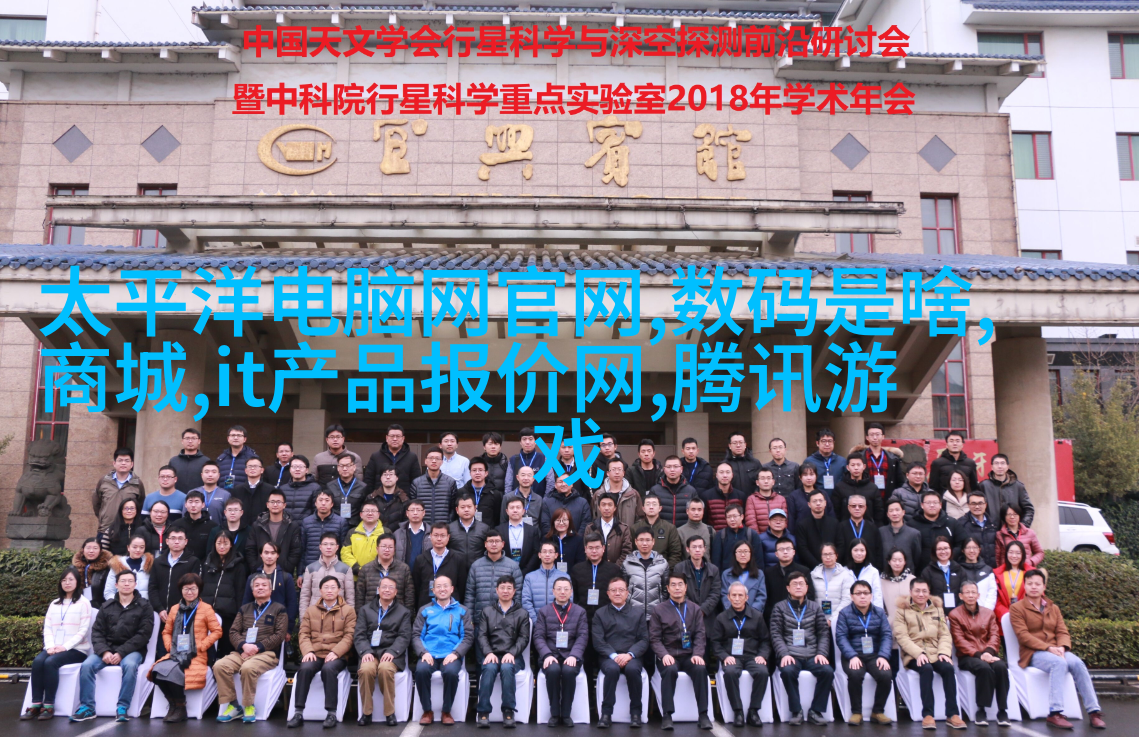初创团队持续整合的落地与实现(gitlab+python) 持续整合概念
持续整合是一种软件开发实践,即团队开发成员经常整合他们的工作,通过每个成员每天至少整合一次,也就意味着每天可能会发生多次整合。每次整合都通过自动化的构建(包括编译,释出,自动化测试)来验证,从而尽早地发现整合错误。 --马丁福勒git工作分支
持续整合的前提必须要有一个健壮且分明的版本工具,毫无疑问我们这里使用git作为版本工具这里只简单说一下各个分支的作用,想了解更多关于git工作流知识,请点选https://www.cnblogs.com/xirongliu/p/4584653.html
feature/* 功能分支,用于一个新的功能的开发
hotfix/* 热修复分支,用于对线上环境的bug热修复
develop/* 测试分支,测试环境对应的分支
master分支,预上线环境分支
对于hotfix和feature分支允许开发者push,对于develop和master分支只允许开发者merge。
本文原理分析图示

首先开发者完成程式码后git push到gitlab服务器,通过gitlab上事先设定好的系统钩子来触发一个post请求到后端的webserver服务器。后端webserver服务器收到请求后通过gitlabCI.py分析来源分支与专案组,然后交给不同的shell指令码处理。通过shell指令码来更新不同环境的专案程式码,如果是开发分支的话还需要配置nginx并推送访问url至钉钉。ELK服务器监控php的专案报错日志,开发者通过检视然后及时进行debug。
webserver对git请求的具体处理图示

开发环境(dev_branch)处理流程

对于hotfix/* 或者 feature/*
git push事件 触发gitlab钩子,然后gitlabCI指令码通过条件检测,执行开发分支的shell指令码shell指令码拉去对应的功能分支或者热修复分支,然后拷贝一份nginx模板配置档案,修改对应的域名和目录。过载nginx配置档案并将访问连线推送至钉钉群。
gitlab服务器配置
配置服务器秘钥
新增系统钩子,并选择在什么时候触发钩子
webserver配置
配置gitlab处理指令码这里只贴出部分程式码只供参考,因为具体需求可能不同,这里就抛砖引玉。
gitlabCI.py 用于处理gitlab的事件请求#!/usr/bin/env python3
# -*- coding: utf-8 -*-
# @Time : 2018-12-18 17:41
# @Author : opsonly
# @Site :
# @File : gitlabCi.py
# @Software: PyCharm
from flask import Flask,request,render_template,make_response,Response
import json,os,re,requests
import subprocess
import re
app = Flask(__name__)
null =
cmd = /var/www/html/
@app.route(/test,methods=[POST])
def hello():
json_dict = json.loads(request.data)
name = json_dict[event_name]
#字串撷取分支名
ref = json_dict[ref][11:]
ssl = json_dict[project][url]
#gitlab专案名
project = json_dict[project][name]
#gitlab分组名
namespace = json_dict[project][namespace]
hostfix = re.compile(rhostfix/*)
feature = re.compile(rfeature/*)
if name == push:
if namespace == it:
#预上线分支
if ref == master:
cmd = ./itmaster.sh + project + ref + + namespace
s = subprocess.getoutput(cmd)
return Response(s)
# 测试分支
elif ref == develop:
cmd = ./itdevelop.sh + project + ref + + namespace
s = subprocess.getoutput(cmd)
return Response(s)
#开发分支
elif hostfix.match(ref) and feature.match(ref):
cmd = ./itOwn.sh + project + ref + + namespace + + ssl
s = subprocess.getoutput(cmd)
return Response(s)
elif namespace == web:
if ref == master:
cmd = ./webMaster.sh + project + ref + + namespace
s = subprocess.getoutput(cmd)
return Response(s)
elif ref == develop:
cmd = ./webDevelop.sh + project + ref + + namespace
s = subprocess.getoutput(cmd)
return Response(s)
# 开发分支
elif hostfix.match(ref) and feature.match(ref):
cmd = ./webOwn.sh + project + ref + + namespace
s = subprocess.getoutput(cmd)
return Response(s)
elif name ==merge_request:
#可以定义一个钉钉推送,每次直接点开连结就能直达gitlab合并界面
pass
else:
return Response(未触发事件)
if __name__ == __main__:
app.run()**将不同的请求分发至不同shell指令码来处理**
测试服务器指令码
#!/bin/bash
Dir=/var/www/html
function ERROR_NOTICE() {
url=https://oapi.dingtalk.com/robot/send?access_token=xxxxxxxxxxx
header=Content-Type: application/json
msg={msgtype: text,text: {content:$1 $2 $3}}
a=curl $url -H $header -d $msg
eval $a
}
function IF_TRUE() {
if [ $? -ne 0 ];then
ERROR_NOTICE $1 $2 $3
fi
}
function master() {
if [ -d $Dir/$1 ];then
cd $Dir/$1
#startTime=$(ls -l composer.lockawk {print $6,$7,$8})
git fetch
git checkout $2
git pull origin $2
cp .env.develop .env
composer install
IF_TRUE $1 $2 $3
#fi
/usr/local/php7/bin/php artisan queue:restart
IF_TRUE $1 $2 $3
echo $1 Success
else
cd $Dir
git clone [email protected]:${3}/${1}.git
cd ${1}
git checkout $2
cp .env.develop .env
composer install
IF_TRUE $1 $2 $3
/usr/local/php7/bin/php artisan queue:restart
IF_TRUE $1 $2 $3
fi
}
master $1 $2 $3
开发分支和预算线分支与上面大致相同,这里就不贴出来了
ELK服务器配置
ELK实时分析之php的laravel专案日志
效果展示
1.gitlab合并请求推送至钉钉

2.nginx访问url钉钉推送

3.ELK展示php错误日志

完
最强干货:基于Jenkins+Docker的自动化程式码释出流程
你所要知道的python运维常用指令码
最强干货:一文带你深入了解Kubernets(K8s)
有问题可以关注一下我的公众号私信我,上面有我的学习资源以及一些其他福利:Devops部落







